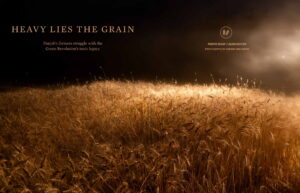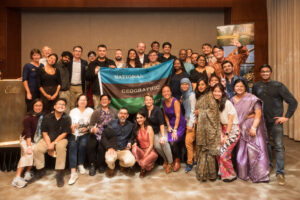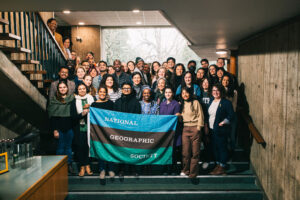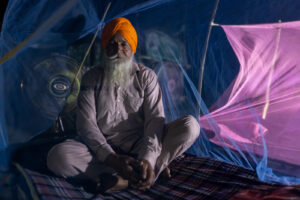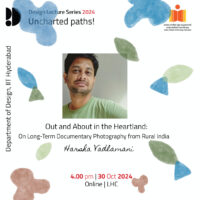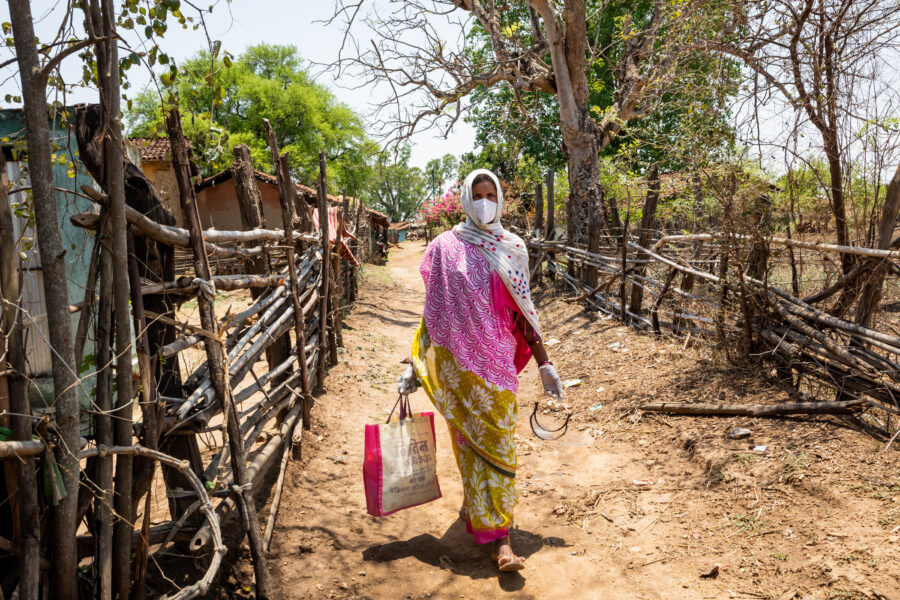
Earlier this month, on the last day of my COVID-19 isolation, I applied for a grant from the National Geographic Society. I just received the news that the Society has awarded me a COVID-19 Emergency Fund for Journalists grant.
While 69% of India lives in its villages, the number of public hospital beds available to them is just 2,65,275. Rural parts of India, which were largely spared by the first wave of the pandemic, were not so lucky during the second wave. Reports have been trickling in of COVID-affected adivasis from Chhattisgarh who were turned away by city hospitals to return and suffer in their own villages, of quacks running typhoid tests on patients with COVID symptoms, and more.
Over the next few months, join me as I travel through remote, rural and adivasi-populated parts of India like with negligible healthcare infrastructure to document the impact of COVID on rural India, and also the inspiring work of several idealist doctors working there.



